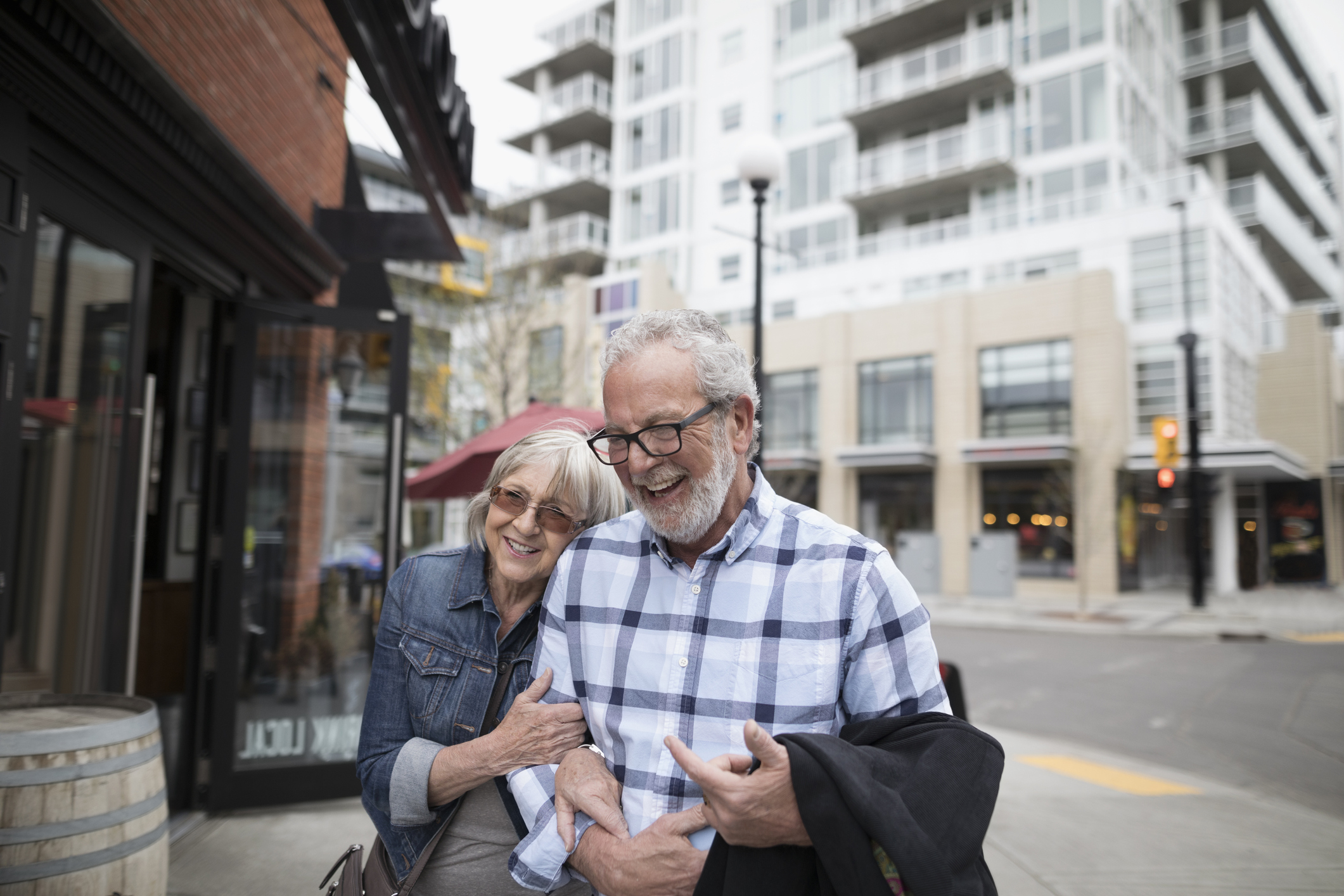New research on two types of home-based interventions for patients with hip fractures, which each year send more than 300,000 Americans to the hospital, found the interventions effective in helping individuals regain enough mobility to do everyday functions.
The study, led by researchers at the University of Maryland School of Medicine, UConn Health, and Arcadia University, was published today in the Journal of the American Medical Association, and involved 210 participants ages 60 and older, recovering from hip fractures.
One group received aerobic, strength, and balance training. The other group received nerve stimulation and active range of motion exercises. Both groups received as many as three regular weekly home visits from a physical therapist over a 16-week period. In addition, the participants received nutritional counseling, and daily vitamin D, calcium, and multivitamin supplements.
The research measured the participants so-called “community ambulation,” which is the ability to cross a street before a traffic light changes. To determine community ambulation, participants were timed to see how far they could walk in a six-minute period at the end of the treatment.
Researchers found that 23% of the participants in the group receiving aerobic, strength, and balance training could walk more than 985 feet (300 meters) in six minutes. In the other group, which received nerve stimulation and range of motion exercises, 18% of the participants were able to walk 985 feet (300 meters) or more in a six-minute time frame.
“Many older adults face challenges regaining mobility after hip fracture,” said Dr. Rick Fortinsky, a study author and professor and Health Net, Inc. endowed chair of Geriatrics and Gerontology at UConn Health. “We were pleased that in this study a sizable number of participants achieved community ambulation capacity. However, much more needs to be done to develop and carry out targeted and creative rehabilitation programs that will benefit greater numbers of older adults.”
During the 16-week period studied, physical therapists were engaged actively with the study participants, providing motivation and positive reinforcement throughout the exercise sessions. This therapeutic alliance may have also contributed to improved walking ability, the research showed.
The equal level of professional attention both groups received may also explain why the difference in the outcomes in the two groups was relatively small, said Dr. Jay Magaziner, professor and chair of the Department of Epidemiology and Public Health at University of Maryland School of Medicine, who was the principal investigator.
“Both groups showed significant improvement, which highlights the importance of multi-component home-based interventions,” said Magaziner.
Going forward, this research could help shed light on improving home-based interventions. For example, future research could assess the influence of factors such as the amount of exercise, how patients adhere to the treatments, behavior and environmental factors, and body composition in response to in-home interventions, the researchers said.
The study was a multidisciplinary partnership involving investigators from epidemiology, physical therapy, medicine, gerontology, health economics, biostatistics, and health services research.
It was supported by National Institutes of Health grants from the Eunice Kennedy Shriver National Institute of Child Health and Human Development and the National Institute of Aging.



